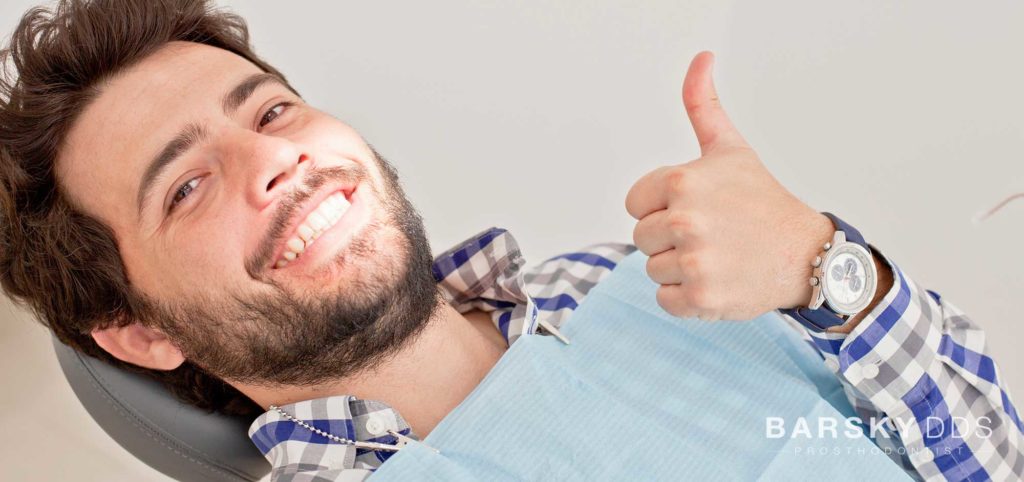Alleviate Anxiety and Fear with Sedation Dentistry
Millions of Americans experience some degree of dental anxiety. Some patients suffer such severe phobia that they avoid visiting the dentist for weeks, months, or even years. As you can imagine, a patient with dental anxiety may risk the development of further complications, such as extensive tooth decay, periodontal disease, or tooth loss.
Dr. Todd B. Barsky in Miami, FL discusses options in sedation dentistry, and how advanced techniques can help reduce or altogether eliminate dental anxiety.

Sedation Dentistry at Barsky DDS in South Miami.
What Causes Dental Anxiety?
People experience dental anxiety for several reasons. Here are a few of the most common causes:
- Feeling out of control or helpless
- Fear of the unknown
- Past negative dental experiences
- Financial stress
- Fear of pain
- Embarrassment
How Sedation Dentistry Can Help
Modern advances in dentistry have given us the ability to provide treatments while patients are in a restful, low-stress state. Sedation not only helps alleviate worries for the patient, but it also helps the doctor perform the procedure faster and more efficiently. There are several sedation options available in dentistry today.
The type of sedation necessary is largely dependent on the individual needs of each patient.
Types of Sedation
Nitrous Oxide
Also referred to as laughing gas, nitrous oxide induces relaxation via inhalation through a small mask or nosepiece. The dosage can be monitored and adjusted by a licensed dental professional throughout the course of your procedure. Most patients experience a tingling sensation in their extremities, and feel as though they are sinking deeper into the chair.
Although patients will remain relaxed and comfortable, they are still generally aware of their surroundings while the dentist is working. Because nitrous oxide is short-acting, patients are able to drive following the procedure.
Oral Conscious Sedation
Oral sedation is administered in the form of a prescription tablet. Based on height and weight, the doctor will prescribe medication to be taken approximately one hour prior to the procedure. Most patients fall asleep during the procedure, but are still able to respond to questions or instructions if necessary. Because oral sedation affects motor skills and memory, patients are required to bring a designated driver to the appointment with them.
IV Sedation
One of the most preferred methods, IV sedation is administered intravenously through a port. Unlike general anesthesia in a hospital, patients breathe on their own during IV sedation. For patient safety, vitals such as blood pressure, heart rate, and oxygen levels are monitored during the process.
The most significant benefit of IV sedation is that the dosage can be completely controlled throughout the entire treatment process, increasing or decreasing the amount of medication as needed. Most patients sleep during the procedure and do not remember the majority of their visit.
However, patients are still able to respond to the surgical team if necessary. Because IV sedation has an amnesiac effect, it is crucial that patients have a friend or family member accompany them to and from the office.
IV Sedation is provided by the treatment partners of BarskyDDS and not on-site.
General Sedation
Most patients can be successfully treated with one of the sedation options listed above. Sometimes, however, general anesthesia in a hospital may be necessary due to certain medical, cognitive, or behavioral conditions. If general sedation is recommended, specific instructions will be given prior to the procedure date.
General Sedation is provided by the treatment partners of BarskyDDS and not on-site.
Contact Us to Learn More
If you suffer from dental anxiety, or even if you just want to be more relaxed during your dental visits, schedule a consultation with Dr. Barsky to determine which sedation option is right for you. Contact us online anytime or call our office at (786) 542-1071.
